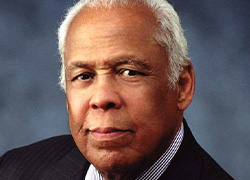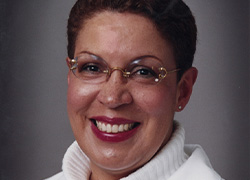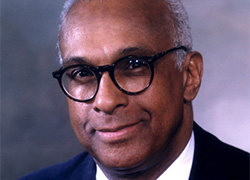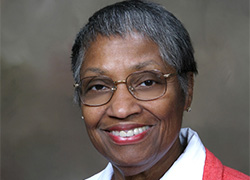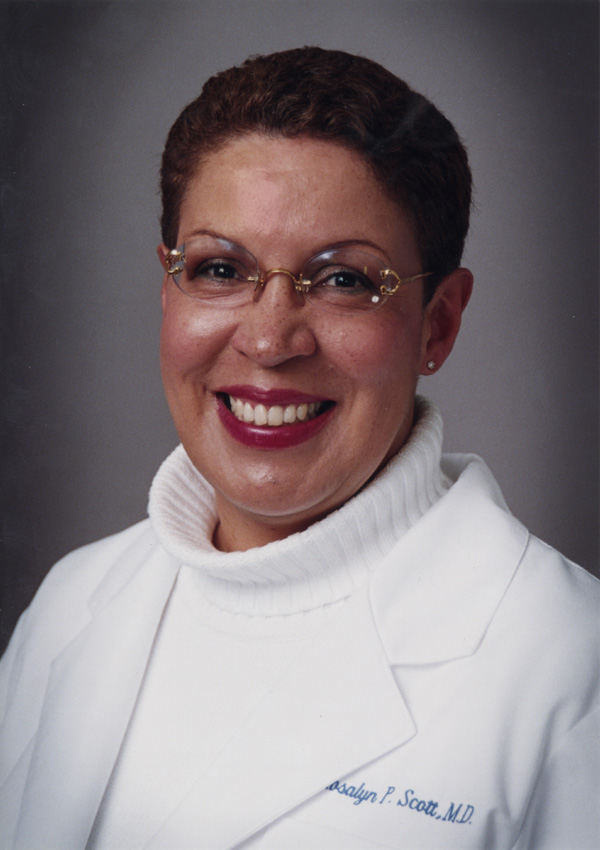2 of 4
Rosalyn P. Scott
Rosalyn P. Scott, M.D., M.S.H.A., (1950–) is dedicated to finding ways to encourage and inspire young African American physicians and surgeons, especially women. She encourages them to aspire to levels they never thought possible, despite the gender and racial obstacles they face.
Born in Newark, New Jersey, Scott had many medical influences growing up, including her father, who was a dentist, and an uncle, who was a thoracic surgeon. At a young age, Scott recognized the contributions that her father and uncle made helping people and she dreamed of a time when she could do the same. During her school years, she enjoyed science and aspired to become a doctor. She was often met with racism and sexism, but this did not diminish her determination to become a physician.
Scott received her undergraduate degree from Rensselaer Polytechnic Institute in New York and went on to study medicine at New York University School of Medicine. She became the first African American woman to train in thoracic surgery when she was accepted as a resident at Boston University Medical Center in 1977.
After completing her residencies in general and thoracic surgery, Dr. Scott spent several years in Houston. She was the first Mary A. Fraley Fellow in cardiovascular surgical research at the Texas Heart Institute and remained in Houston as an assistant professor of surgery at the University of Texas Medical School. In 1983, she was appointed assistant professor of surgery at UCLA and the Charles R. Drew University of Medicine and Science in Los Angeles. She served as associate professor and vice chair of the Department of Surgery and Chief of the Division of Cardiothoracic and Vascular Surgery at Charles R. Drew University. In 2007, Dr. Scott became professor of surgery at Boonshoft School of Medicine at Wright State University and chief of Surgical Services at the Dayton Veterans Affairs Medical Center in Dayton, Ohio.
Dr. Scott has strived to influence policy and practice, to ensure that they reflect the needs and issues of both majority and minority populations in medical education and health care, through her participation in professional organizations and her administrative role at the university level.
Through her pursuits in research, teaching, administration, and clinical practice, she has built a well-rounded academic career dedicated to excellence, committed to passing her knowledge and passion on to younger physicians and surgeons.

